Supersizing Urban America
How Inner Cities Got Fast Food with Government Help
Chin Jou
THE UNIVERSITY OF CHICAGO PRESS | CHICAGO AND LONDON
The University of Chicago Press, Chicago 60637
The University of Chicago Press, Ltd., London
2017 by The University of Chicago
All rights reserved. No part of this book may be used or reproduced in any manner whatsoever without written permission, except in the case of brief quotations in critical articles and reviews. For more information, contact the University of Chicago Press, 1427 E. 60th St., Chicago, IL 60637.
Published 2017.
Printed in the United States of America
26 25 24 23 22 21 20 19 18 17 1 2 3 4 5
ISBN-13: 978-0-226-92192-1 (cloth)
ISBN-13: 978-0-226-92194-5 (e-book)
DOI: 10.7208/chicago/9780226921945.001.0001
Library of Congress Cataloging-in-Publication Data
Names: Jou, Chin, 1979 author.
Title: Supersizing urban America : how inner cities got fast food with government help / Chin Jou.
Description: Chicago ; London : The University of Chicago Press, 2017. | Includes bibliographical references and index.
Identifiers: LCCN 2016015884 | ISBN 9780226921921 (cloth : alk. paper) | ISBN 9780226921945 (e-book)
Subjects: LCSH: ObesitySocial aspectsUnited States. | Convenience foodsSocial aspectsUnited States. | Convenience foodsEconomic aspectsUnited States. | Fast food restaurantsUnited StatesHistory. | Inner citiesUnited States. | African AmericansFood. | Nutrition policyUnited States. | Urban policyUnited StatesHistory20th century.
Classification: LCC RA645.O23 J68 2017 | DDC 362.1963/9800973dc23 LC record available at https://lccn.loc.gov/2016015884
 This paper meets the requirements of ANSI/NISO Z39.48-1992 (Permanence of Paper).
This paper meets the requirements of ANSI/NISO Z39.48-1992 (Permanence of Paper).
CONTENTS
Combating Obesity and Subsidizing Fast Food Expansion
For more than three decades the fast food industry has used the Small Business Administration (SBA) to finance new restaurants... A 1981 study by the General Accounting Office found that the SBA had guaranteed 18,000 franchise loans between 1967 and 1979, subsidizing the launch of new Burger Kings and McDonalds, among others... In 1996, the SBA guaranteed almost $1 billion in loans to new franchises. More of these loans went to the fast food industry than to any other industry. Almost six hundred new fast food restaurants, representing fifty-two different national chains, were launched in 1996 thanks to government-backed loans. The chain that benefited the most from SBA loans was Subway. Of the 755 new Subways opened that year, 109 relied upon the U.S. government for financing.
The idea for this book began with this excerpt from Eric Schlossers Fast Food Nation (2001). While rereading the book in 2010, I was fixated on this one, brief, stunning section. The federal government helped underwrite the fast food industry? Really? Did Schlosser know more about the history of the SBA and the fast food industry? Could he direct me to more sources? Given that the SBA was incidental to Schlossers story, it was not surprising when he related that all he knew on the matter was what he had included in Fast Food Nation.
Fast Food Nation did, however, lead me to another sourcea 1997 After reading this 1,777-word piece, I emailed Hodge, who had become the president of another Washington think tank. Hodge politely replied, noting that it had been many years since he investigated the SBA and its little-known gift to corporate franchises. His memory on the issue was understandably fuzzy. And like Schlosser, he had already published what he knew.
No matter. The relative dearth of information on federal sponsorship of the fast food industry simply meant that I had identified a new research project. But unlike Hodge, I was not intent on pursuing the corporate welfare angle of SBA largesse for fast food companies, although that was certainly provocative. And in contrast to Schlosser, I was not especially interested in exploring the dark side of the fast food industry. He had already nailed that.
Instead, my mind immediately leapt to the history of the American obesity epidemica subject I had been studying as a postdoctoral fellow in the Office of History at the National Institutes of Health (NIH) in Bethesda, Maryland. The obesity epidemic had been a particularly hot topic among American biomedical researchers since roughly 2000. According to political scientist J. Eric Oliver, the author of Fat Politics: The Real Story Behind Americas Obesity Epidemic, this was because the Centers for Disease Control and Prevention (CDC) had been circulating maps showing that obesity was sweeping through the country. By the early 2000s, one had to be living under a proverbial rock not to have gotten the memo that America was in the midst of an obesity epidemic.
While many Americans may have already instinctively regarded traditional fast food fare as fattening, the popular association of fast food with the obesity epidemic in particular seems to have crystallized in the early-to-mid 2000s. In 2002, two New York teenagers sued McDonalds for their obesity in Pelman v. McDonalds. Although the lawsuit was widely ridiculed and dismissed by a federal judge in 2003, that such litigation would even be initiated suggested an increasingly common conflation between fast food and obesity. Schlossers Fast Food Nation had also primed Americans to become more critical of fast food more broadly. But perhaps the most salient cultural phenomenon to reinforce popular associations between fast food and obesity in that era was the hit documentary, Super Size Me. Released in 2004, Super Size Me featured documentary filmmaker Morgan Spurlock consuming a McDonalds diet for one month, which resulted in significant weight gain and a catalogue of other physical, mental, and sexual side effects. The film earned Spurlock the Directing Award at the Sundance Film Festival, was nominated for an Academy Award for Best Documentary, and had grossed $11.5 million domestically within five months of its release. Soon after Super Size Me was feted at Sundance, McDonalds retired its supersize menu option for fries and sodas; the company maintained that its decision had nothing to do with [the film] whatsoever.
Today, fast food is synonymous with the obesity epidemic in the public imagination. Just perform a Google Image search for obesity. You will find photos of hulking flesh, bathroom scales, tape measures around bulging midsections, and fast foodburgers, fries, soda, pizza, and hot dogs.
The irony of these messages did not go unnoticed. Company spokespersons quickly distanced McDonalds from the McResource Line site, pointing out that its content was generated by a third party vendor (the McDonalds imprimatur on the website evidently notwithstanding). And as soon as media reports of the websites curious existence surfaced, the company promptly removed the site.
It would seem, then, that the federal government would view McDonalds, Burger King, Wendys, Kentucky Fried Chicken, Taco Bell,
Numerous other federal entities have joined the Office of the Surgeon General in sounding the alarm on the obesity epidemic. In 2010, the White House announced the creation of a new task force to combat childhood obesity. Headed by First Lady Michelle Obama, the Lets Move initiative allocates $10 billion over ten years for antiobesity programs. Taking an ambitious four-pronged approach to ending childhood obesity within a generation, the campaign calls for more physical activity, improved access to fresh fruits and vegetables in underserved areas, nutrition information for parents to implement healthy eating habits at home, and healthier school lunches. Readers may already be aware of all this; not since Nancy Reagans 1980s War on Drugs has a first ladys social cause elicited such extensive media coverage.

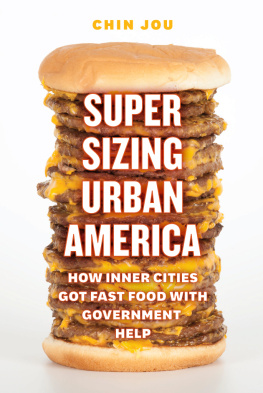
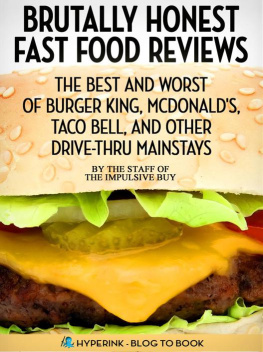
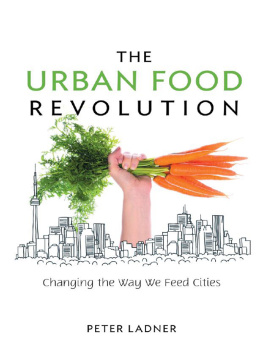
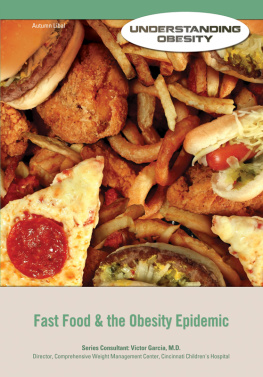
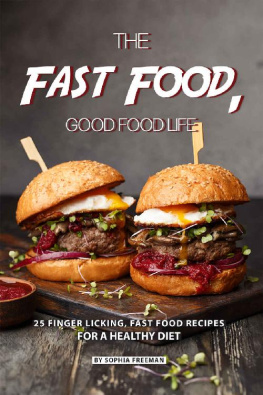


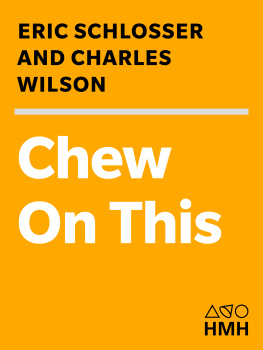
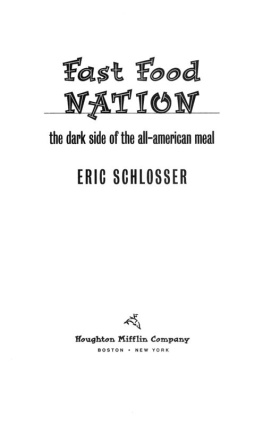
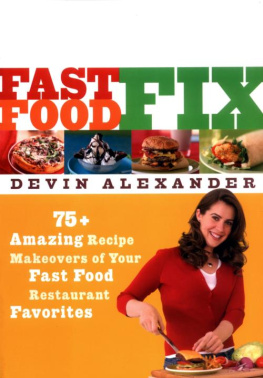

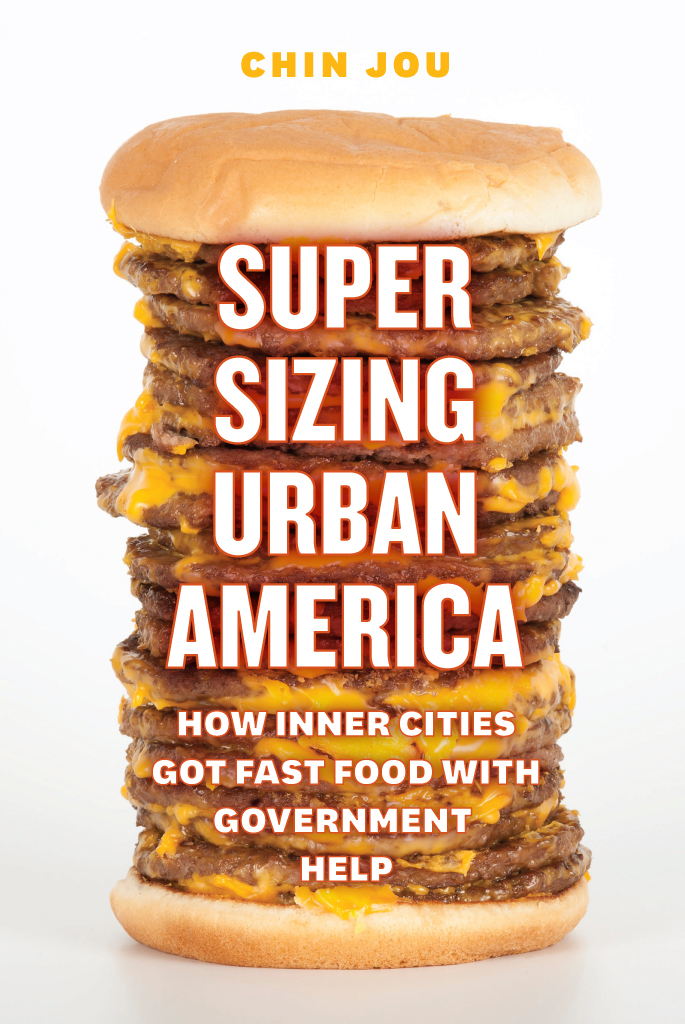
 This paper meets the requirements of ANSI/NISO Z39.48-1992 (Permanence of Paper).
This paper meets the requirements of ANSI/NISO Z39.48-1992 (Permanence of Paper).